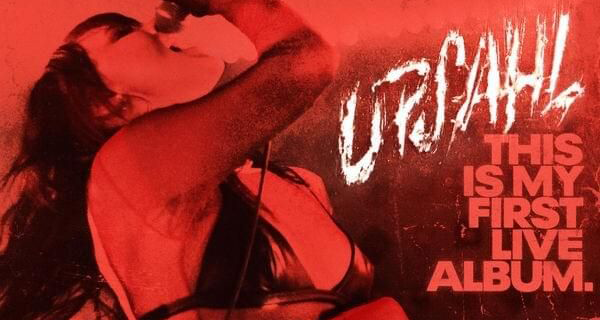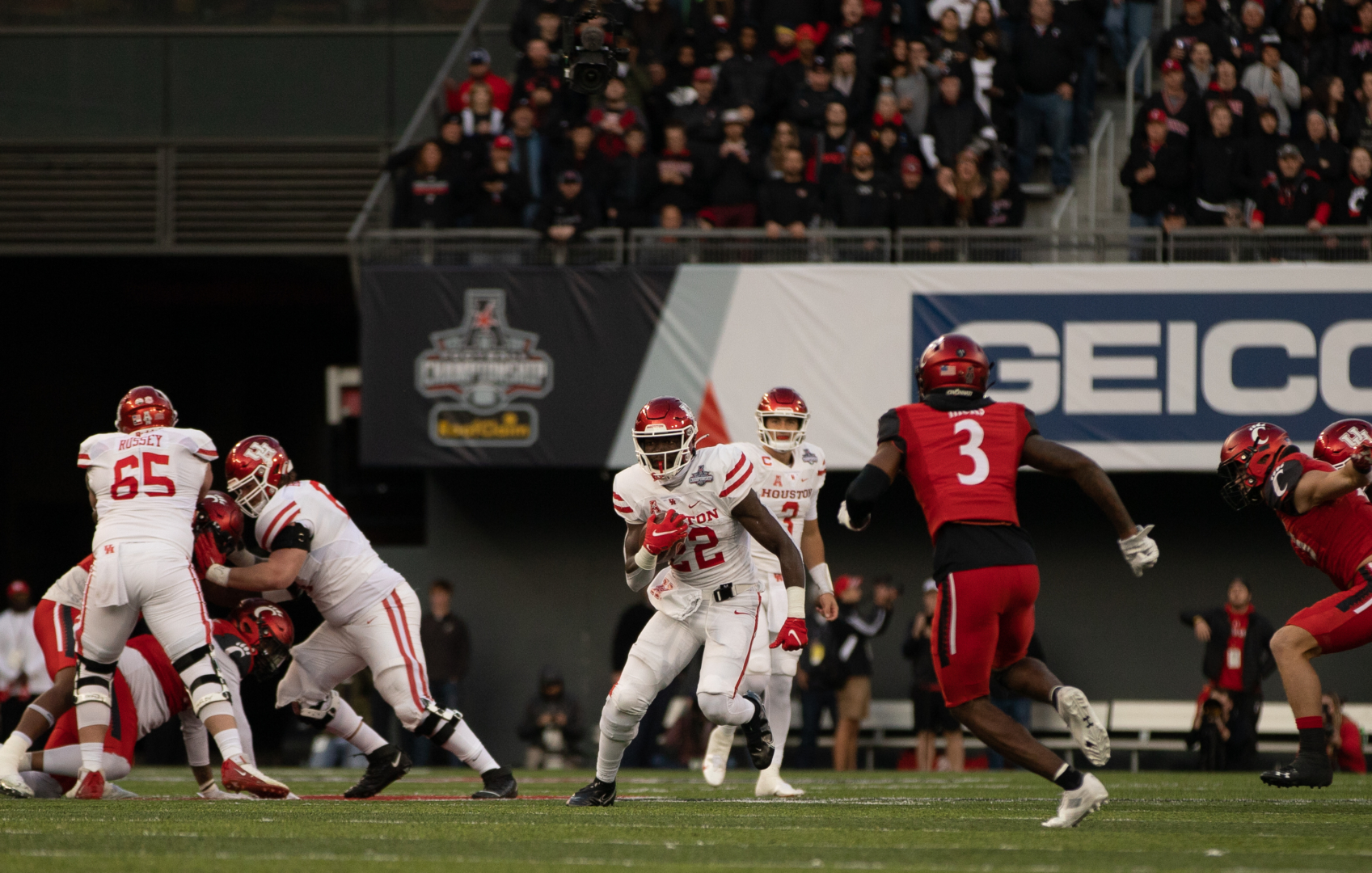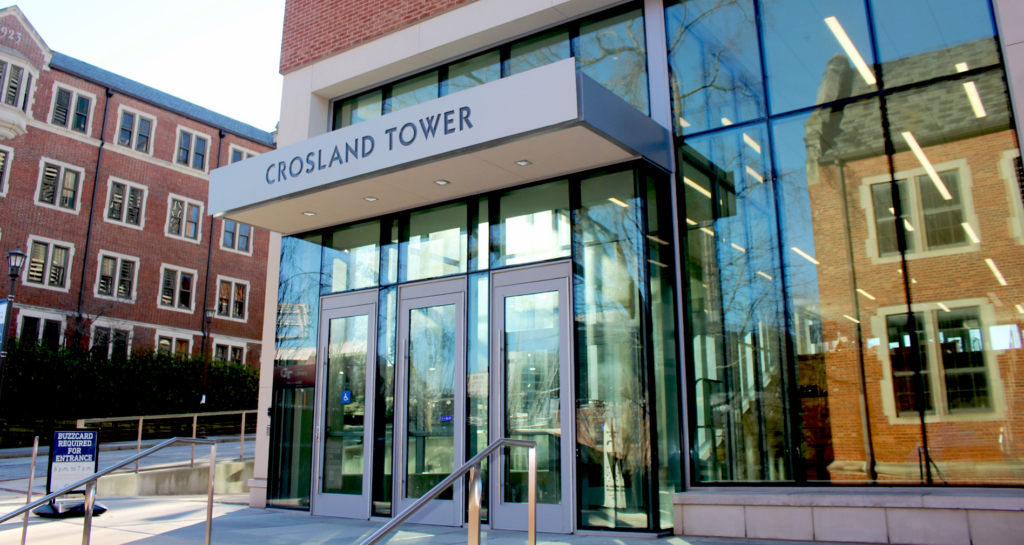2022 ASUC elections endorsements

This is the first academic year campus has been back to “normal” since the onset of the COVID-19 pandemic. While this return has been exciting for some, it has rightfully caused many a great deal of vulnerability and frustration. Meanwhile, pandemic-induced challenges have been compounded with ongoing struggles faced by the campus community, including those centered around institutional inequalities, mental health, housing and basic needs.
In this pivotal year to come, UC Berkeley students not only deserve but require representatives who are understandable, knowledgeable, dedicated, determined and tenacious. To identify candidates who best exemplify these values, The Daily Californian’s editorial board interviewed each executive and senatorial candidate. Based on these interviews — as well as additional research — we have compiled a list of those we endorse to best serve the campus community. Here are our choices.
To vote in the ASUC elections, click here.
No endorsement for ASUC president

The UC Berkeley community has every right to a student government and an ASUC president who will not only exemplify their values but also act upon them. Though optimistic about certain aspects of both Catherine Bauer and incumbent Chaka Tellem, the Daily Cal’s editorial board also holds reservations about each that make it impossible to issue a full endorsement.
Giancarlo Fernandez for executive vice president
Running for reelection as ASUC executive vice president, or EVP, Fernandez hopes to develop the work he started this past academic year. Fernandez intends to focus on diversity, equity and inclusion, or DEI, leadership engagement and student engagement expansion to Registered Student Organizations, or RSOs. Blending his platforms of DEI and engagement with RSOs, Fernandez aims to provide underfunded RSOs with collaborative spaces in Martin Luther King Jr. Student Union.
Bailey Henderson for external affairs vice president
Henderson has the contacts and relationships the EAVP needs to prioritize and use to lobby for students. His knowledge and experience — coupled with a focus on marginalized student groups — are commendable. Henderson wants to hear from students and student groups directly, particularly underrepresented ones, and center their needs in his advocacy. This includes considering issues such as affordable housing and enrollment growth. While Henderson’s experience and big-picture ideas are important, he needs to improve the specific policies and processes to accomplish his goals.
James Weichert for academic affairs vice president
Weichert understands where he falls short — and while he still needs to develop practical ways to get student input — he is searching for ways to bridge those gaps. In the meantime, Weichert has readily demonstrated his ability to serve student needs and get results using policy and relationships within the ASUC and campus administration.
Crystal Choi for student advocate
With a wealth of experience having worked in the Student Advocate’s Office for the past three years, Choi would take on the role of student advocate with grace, strength and sensitivity — all of which are critical qualities for the position. She approaches the position of student advocate with a fundamental understanding of how to balance the role’s internal responsibilities to caseworkers and its external role in building relationships with the campus community and administration.
Aileen Sanchez for transfer representative
Ultimately, Sanchez is passionate about her platforms and recognizes the diversity among the transfer students community. From formerly incarcerated individuals to undocumented immigrants, students need a someone within the ASUC who will approach their struggles through an intersectional lens — and this is something Sanchez can bring to the table.
Here are the 20 ASUC Senate candidates you should vote for this year
After thorough deliberation and consideration of each candidate’s platforms, relevant experience and interview responses, we have determined who we believe can best represent the student body. The following 20 ranked candidates are those we think are right for the difficult job ahead.
Here’s how you should vote on the 2022 ASUC ballot referendum
Each year, students have the ability to vote on a series of propositions designed to support students and various campus services. This year’s ballot includes two propositions: the Graduate Assembly Fee and the Save the Daily Cal Initiative.













